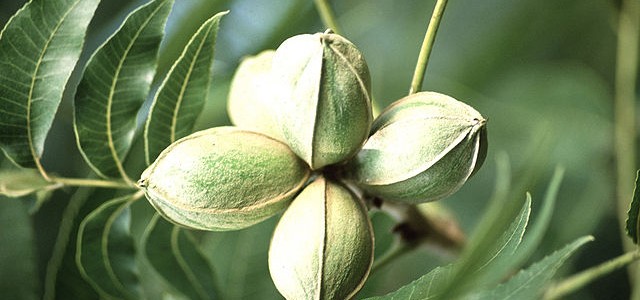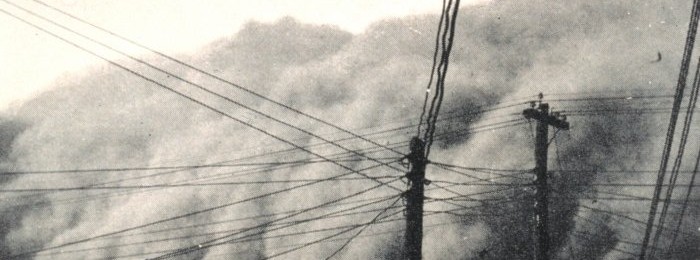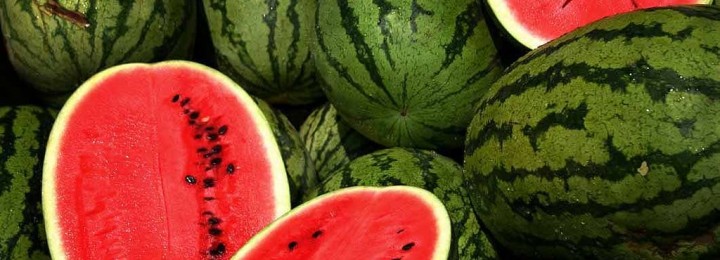Climate and Ag in the news
-

You might think that summer is warmer than winter because the earth is closer to the sun. But in fact, the earth’s orbit takes us farthest from the sun in summer, on a date called the aphelion. This year’s aphelion is today, July 4. EarthSky posted an interesting story from 2018 with a photo that…
-

Lenny Wells of the University of Georgia posted an interesting story in his Pecan Blog a couple of weeks ago on the impacts of heat on pecan trees when temperatures were so warm. It turns out that pecans can do well in very high temperatures as long as they have the right amount of water.…
-

Those of you who are interested in history might enjoy taking a look at this interactive timeline of agriculture in the United States at https://growinganation.org/. It provides a list of agricultural innovations and societal changes and events that affected growing crops in the U. S., broken into five different eras from 1600 to the present.…
-

The recent heat has affected Georgia watermelon production in both positive and negative ways. One of the things it did was to hasten ripening, so that most of the crop is now ripe. This has led to a glut on the market now as everything is ripening at once, but the supply could be lower…
-

How do you test construction techniques to see if they can stand up to extreme winds? You use something called a wind tunnel that can subject test buildings to winds of 200 mph or more. How do the wind tunnels work? This article from National Geographic describes a new wind tunnel at Florida International called…
-

For those of you who would like more information about what the summer solstice is, EarthSky has a great article with all the details that you can read here.
-

Happy solstice and happy summer to those of you who follow the astronomical calendar! EarthSky has a great article describing why sunsets are the longest near the summer solstice. I hope you all get the chance to see some great sunsets and sunrises in the next few weeks. Enjoy every minute!